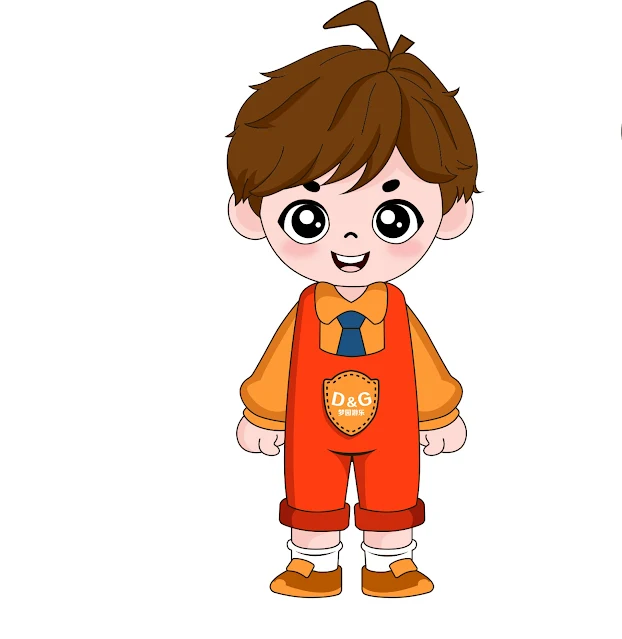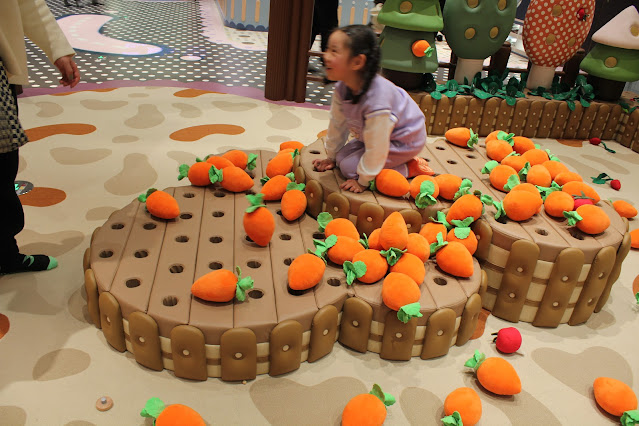Navigating the 34% Tariff Hike: Challenges and Strategies for Dream Garden and Chinese Indoor Playground Suppliers
1. Overview of the April 2025 U.S. Tariff Increase and Its Impact
In April 2025, the United States imposed a 34% tariff on a wide range of Chinese goods, including indoor playground equipment. For Chinese manufacturers like Dream Garden, this significant policy change poses new challenges in pricing, competitiveness, and international customer relationships.
It’s important to note that the rising costs are not always immediately visible to customers. This is because many of the raw materials and components used in our playground systems are sourced globally—not exclusively from China. However, since the final assembly is done in China, the products are still classified as “Made in China” and are fully subject to the 34% tariff under current trade rules.
2. Dream Garden’s Key Strengths in the Global Market
Despite these headwinds, Dream Garden remains a trusted global supplier of indoor playground equipment thanks to several core strengths:
-
Custom-Themed Design: We specialize in tailored indoor play concepts. From ocean, jungle, and candy land to space and snow-themed zones, our creative team brings unique ideas to life based on each client’s vision. These immersive environments are perfect for shopping malls, amusement centers, preschools, and more.
-
End-to-End Turnkey Service: Dream Garden provides full-service solutions—from site planning, 3D design rendering, and production to international shipping, installation guidance, and after-sales support. For clients new to this industry, our step-by-step service ensures peace of mind.
-
International Safety Standards: Our products meet global safety and quality standards including CE, ISO9001, TUV, and ASTM certifications. This guarantees compliance with regulations across North America, Europe, and Asia, and reflects our commitment to child safety.
-
Cost Efficiency: Leveraging large-scale production, streamlined supply chains, and an industrial cluster advantage in Wenzhou, we deliver highly competitive pricing without compromising on design or quality—even amid rising external costs.
3. Key Challenges Posed by the Tariffs
-
Higher Landed Costs for U.S. Buyers: The 34% tariff significantly increases the landed cost of equipment. For example, a $50,000 playground project now incurs an additional $17,000 in tariffs, pushing many U.S. clients beyond their budget limits.
-
Customer Confusion Over Price Increases: Some clients question the price adjustments, especially when they notice materials are not fully sourced from China. However, due to rules of origin, the entire product is taxed based on where it is assembled. Additionally, indirect costs—like shipping and logistics disruptions—further increase overall expenses.
-
Risk of Losing Price-Sensitive Clients: Budget-constrained clients such as schools, startups, or community centers may reduce project size or seek alternative suppliers in non-tariff regions. This makes it vital to demonstrate the added value of working with Dream Garden.
4. Dream Garden’s Strategic Solutions
-
Transparent Pricing Communication: We proactively explain cost changes with clear breakdowns showing product base price, tariff, and logistics charges. Using visual aids like cost charts or PDFs, we help customers understand that these increases are caused by global policy changes—not internal price adjustments.
-
Digital Value-Added Services: Dream Garden offers free 3D layout renderings, virtual walkthroughs, and live video meetings to enhance the customer experience and reduce design errors. This added value helps justify investment, especially for clients who prioritize quality, creativity, and support.
-
Localized Production & Partnerships: We are exploring regional assembly partnerships in countries like Mexico and Southeast Asia to reduce tariff exposure. Final assembly in these regions may help classify the product as non-China origin, lowering or eliminating U.S. tariffs while maintaining Dream Garden’s product quality.
-
Market Diversification: Dream Garden is expanding outreach in low or zero-tariff regions such as ASEAN, the Middle East, and Africa. Through regional partnerships, exhibitions, and customized product offerings, we aim to reduce dependency on the U.S. market while tapping into new high-growth opportunities.
5. Long-Term Outlook and Resilience
The global demand for children’s recreational spaces is growing steadily. Despite short-term setbacks from tariffs, the indoor playground equipment industry is projected to grow at a strong annual rate through 2031. Dream Garden is well-positioned to benefit from this trend.
We are actively innovating—adding new product categories (e.g. trampoline parks, obstacle courses, sensory play zones), enhancing customer service, and strengthening our global brand image as a premium, reliable, and safe supplier. Our focus on diversification, localization, and customization ensures we remain resilient in an evolving global landscape.
Tariffs may change the cost structure, but they don’t change our mission. Dream Garden will continue to design and build world-class play environments that bring joy to children and value to our partners. Through transparency, service excellence, and strategic adaptation, we turn challenges into opportunities—and grow stronger in the process.




Comments
Post a Comment